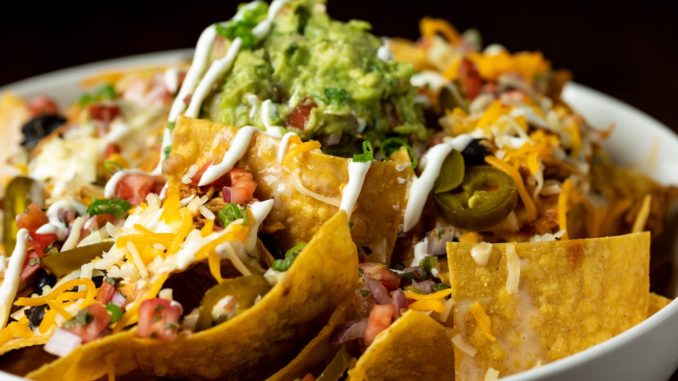
Mexican cuisine is considered one of the richest, tastiest, and healthiest in the world. Despite the misconception of it being all-fried, greasy food, Mexican food is actually more complicated than you might think.
For starters, Mexican food is not just one thing but the combination of dozens of regional cuisines. Mexico is a vast country after all and is the combination of communities with deep, rich history and tradition.
To understand Mexican food, you must first understand its ingredients. Many of them have conquered the world for their flavor and versatility.
Tomatoes, chiles, corn, avocado, amaranth, cacao and beans are all part of Mexico’s heritage. What would be of Italian food without tomatoes? Or Swiss chocolate without cacao? Mexican ingredients have proven their worth more than once.
When the Spanish conquerors came to the Americas, they brought with them cows, sheep, goats, wheat, carrots, onions, garlic and much more. Combined with the native ingredients, a new cuisine was born; Mexican food was created.
If we had to pick just one ingredient to understand Mexican food, that would be corn.
Corn
Many Mexican dishes are built from corn. First, the yellow crop is made into a dough from which you can make many treats, from tamales to gorditas, from tlacoyos to sopes. All of them, of different shapes and sizes, are filled or topped with everything from cheese, vegetables, meat, seafood and beans to cactus leaves and pumpkin flowers.
Of course, corn dough, called masa, is better known for its most common shape: the tortilla. Every Mexican table, for breakfast, lunch or dinner is provided by a hefty stack of tortillas because they are the base of the most famous Mexican dish: the taco.
Tacos
A taco is not a dish but a white canvas for innovation and creativity. There are innumerable types of tacos because you can put anything on a tortilla and call it that. And that’s where healthy eating habits come to play. Mexicans have many vegetarian tacos, enjoyed for centuries, even before the diet hit mainstream. Julienne peppers with corn, cactus leaves, pumpkin flowers, mushrooms, it’s all good.
The best thing about these healthy tacos is that they’re incredibly flavorful. The filling is rarely a simple preparation, sautéed vegetables with onion and garlic give the mixture delightful flavors, and then there’s salsa.
Salsas
Mexico has as many types of salsas as styles of tacos. Blended or chunky, salsas are always healthy and very tasty. And they’re not always spicy. Sans-chile salsas are popular in the country too, and there are spiciness levels for everyone, from the adventurous to daredevils.
Mexican home-style cooking techniques are quite healthy too. People use oil sparingly, despite what stereotypes say and they use plenty of greens too; avocados, for example, are full of healthy vegetable-based fat, and the vast amounts of herbs used in the kitchen are packed with vitamins and minerals.
Browse around for traditional Mexican recipes and spice up your healthy lifestyle with one of the most natural and flavorful cuisines in the world, Mexican food.


